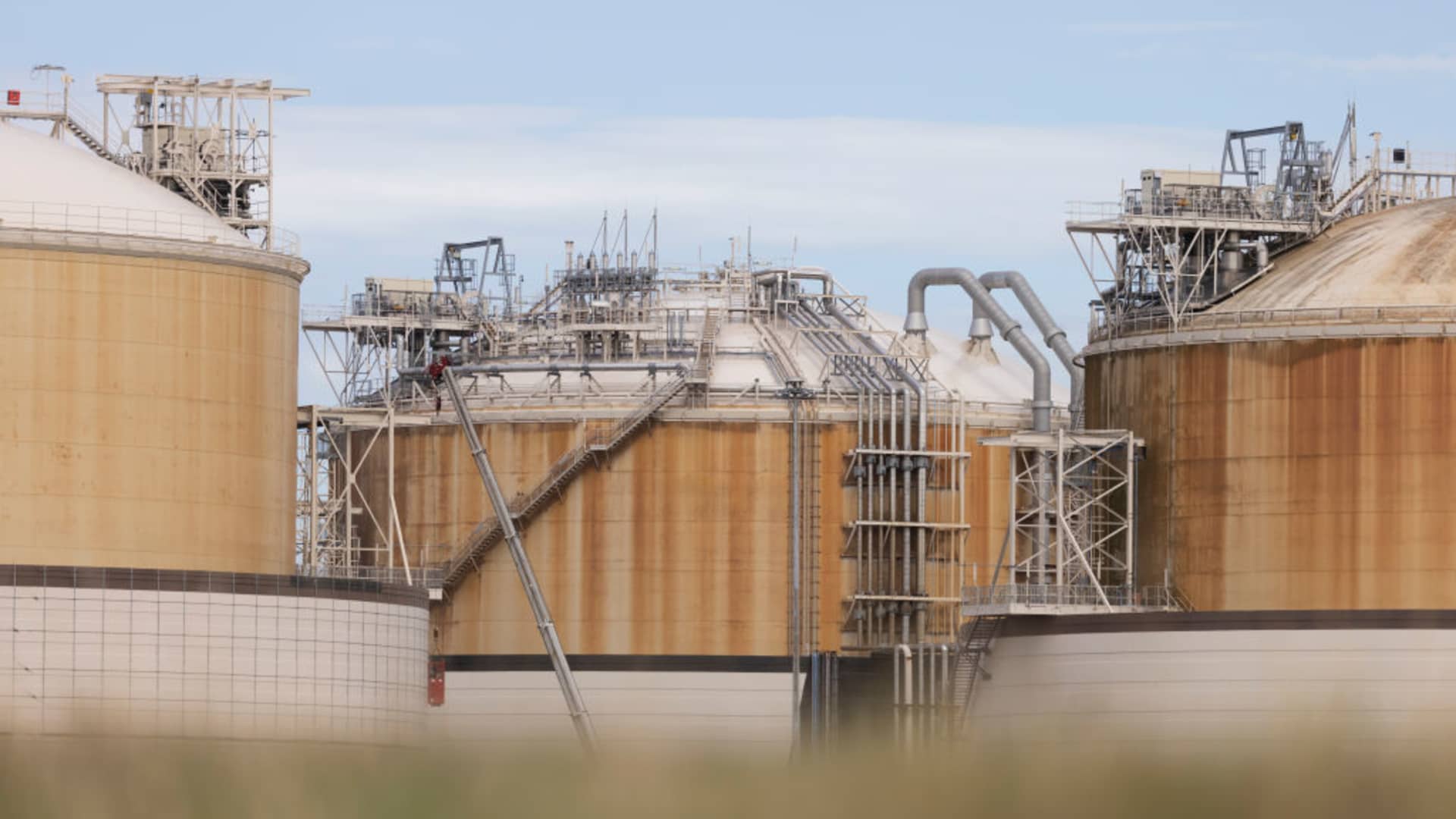Enegix Energy is moving forward with plans to build a $5.4 billion facility off the coast of Brazil called Base One. And that’s news because the company claims that Base One will be the world’s biggest individual CO2 reducer by generating more than 600 million kg of green hydrogen per year by the time it’s fully operational in 2025.
Before we get too far down the PR rabbit-hole here, let me be the first to acknowledge that these are some pretty big claims being made by Enegix. To its credit, though, the Singaporean-Australian company is committed to using only wind and solar power — provided by the offshore wind experts at Enerwind — and has contracted for electricity from 3.4 gigawatts (GW) worth of solar and wind power capacity to produce that hydrogen. The engineering behind Base One is also sure to be impressive, thanks to help from infrastructure engineering firm Black & Veatch, which also has plans involving the distribution of the hydrogen produced. Base One is a global venture, in other words, and it has some heavy hitters behind it.
So, we have well-qualified people with experience in liquid-fuel infrastructure involved, and the project may very well be the largest producer of purely “green” hydrogen in the world. That said, I think there are some very real questions surrounding who exactly will be buying all this hydrogen that’s being produced, right? Car companies are walking back from hydrogen, logically. Options like trains and long-haul trucks are still out there, sure, but it seems like even these hydrogen use cases are quickly being overtaken by advances in battery technology. Ammonia production, steel production, and some other industrial purposes could use it. But we don’t have any info where the Base One project aims to sell to.
Do We Really Need to Spend $5.4 Billion on Hydrogen
“First of all, it’s a big money grab,” wrote Zachary Shahan of hydrogen projects like this, in general. Though, I think it applies here, as well. “Hype about hydrogen,” he says, “may seem harmless on the surface … but the hype turns into something: generous subsidies from governments around the world. The hype, combined with oil & gas lobbying, leads to a billion dollars here and another billion there to subsidize hydrogen projects. Who benefits? A lot of oil & gas companies and some small-scale enablers. (But) does society benefit? No, not really.”
And, even though Zachary wasn’t writing about Enegix in specific, reading their official comments makes it seem like Zach had an advanced copy. “Black & Veatch’s team has the capability to assess all aspects of the project, with transferable skills that cover hydrogen production, handling, transportation, storage and distribution following the highest standards for safety and efficiency,” explains Wesley Cooke, Enegix Founder and Chief Executive Officer. “(The company) is well-positioned to provide these type of services, contributing to the transition of fossil fuels to hydrogen.”
A bit further down, the release reads, “Hydrogen project developers and investors need confidence in the quality of the advice they receive. The most complete analysis will come from partners with expertise in hydrogen, renewable energy generation, and the complex interfaces between them that define projects like Base One,” said Gary Martin a Managing Director with Black & Veatch’s Oil & Gas business. “Facilities such as the one proposed by Enegix in Ceará are at the heart of making hydrogen a core component of a zero-carbon global economy; so we are excited to be in a position to contribute.” That, to me, kind of seems like Enegix is asking me to trust that the oil and gas are good guys who know what they’re doing … but I, for one, don’t really feel like these guys are good guys, you know?
What do you guys think — am I overreacting to what is essentially a carbon-free fuel-making facility, or would those 3.4 GW of power be far better spent going to existing power grids instead of propping up faltering oil companies? You guys are smart, let us know what’s up in the comments section at the bottom of the page.
Source | Images: Enegix Energy, via New Atlas.



